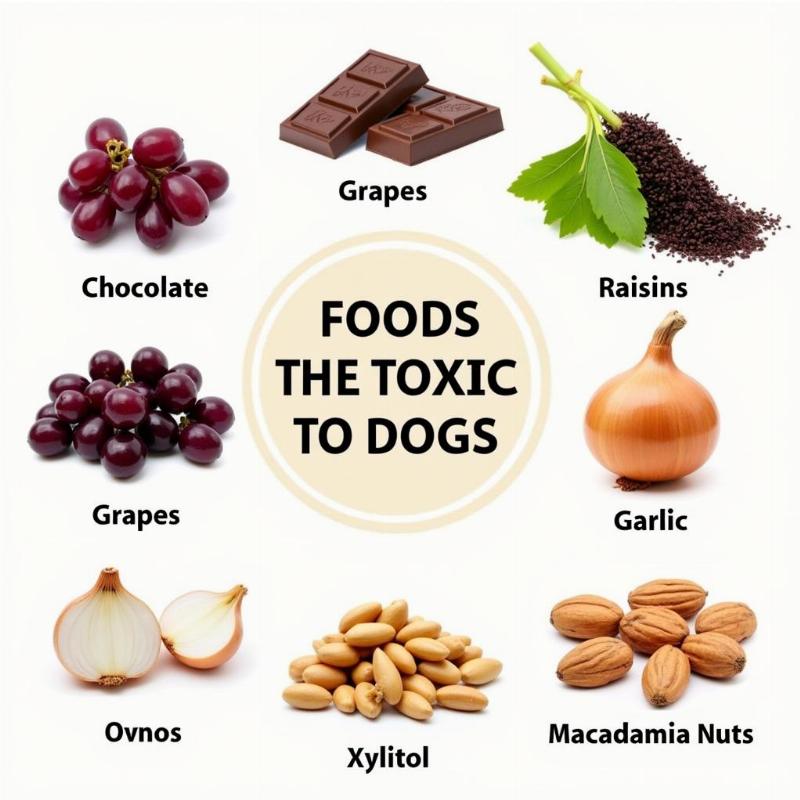The search term “commercial hot dog bun toaster” brings up images of perfectly toasted buns ready for a juicy hot dog. While delicious for us, this appliance isn’t directly related to dog care, the core focus of Beautdogs.us. However, we can creatively connect this search term to a relevant topic for dog owners: preparing balanced and safe meals for their furry friends. After all, just as we appreciate a well-prepared hot dog, our dogs deserve the best nutrition we can offer. So, let’s explore how the idea of meticulous preparation, symbolized by the commercial hot dog bun toaster, translates to thoughtful dog meal preparation.
Nutrition is Key: Not Just Any “Doggone” Meal
Just like a perfect hot dog needs a perfectly toasted bun, your dog needs a perfectly balanced meal. We wouldn’t toast our buns in a dirty toaster, and similarly, we shouldn’t offer our dogs food that isn’t nutritionally sound. Understanding your dog’s nutritional needs is crucial. Factors like breed, age, activity level, and any underlying health conditions influence the ideal diet. A commercial hot dog bun toaster ensures consistent toasting; similarly, a consistent, balanced diet ensures your dog’s consistent health and well-being.
Homemade vs. Commercial Dog Food: Finding the Right Balance
Preparing your dog’s food at home can be a labor of love, allowing you to control every ingredient. It’s like carefully choosing the perfect hot dog bun to toast in your commercial hot dog bun toaster. However, ensuring nutritional completeness requires research and meticulous planning. Commercial dog foods, especially those formulated by veterinary nutritionists, offer a convenient and often balanced alternative. They’re like pre-sliced, ready-to-toast buns – efficient and reliable. The key is to select a high-quality brand that meets your dog’s specific needs, much like choosing the right bun for your perfect hot dog.
Toxic Foods: What NOT to “Toast” for Your Dog
Just as some things shouldn’t go in a toaster, certain foods are absolute no-nos for dogs. Chocolate, grapes, raisins, onions, garlic, xylitol (a sugar substitute), and macadamia nuts are all toxic to dogs and can cause serious health problems. These are the equivalent of sticking a fork in your toaster – a recipe for disaster! Knowing what to avoid is as important as knowing what to include in your dog’s diet.
 Toxic Foods for Dogs
Toxic Foods for Dogs
Portion Control: Avoiding the “Over-Toasted” Pup
Even the best food can be harmful if given in excess. Just like a burnt hot dog bun, overfeeding can lead to obesity and other health issues in dogs. Using a measuring cup, similar to setting the timer on your commercial hot dog bun toaster, ensures accurate portioning and prevents overfeeding. Consult your veterinarian or a certified canine nutritionist to determine the appropriate portion size for your dog’s breed, age, and activity level.
Conclusion: Toasting to Canine Health
While a commercial hot dog bun toaster may not be a direct dog care tool, it serves as a helpful analogy for the care and precision needed in preparing your dog’s food. Just as we strive for the perfect toasted bun, we should strive to provide our furry companions with the perfect, balanced diet for a long and healthy life.
FAQ
-
What are the most common toxic foods for dogs? Chocolate, grapes, raisins, onions, garlic, xylitol, and macadamia nuts are highly toxic to dogs.
-
How do I determine the correct portion size for my dog? Consult your veterinarian or a certified canine nutritionist for guidance on appropriate portioning based on your dog’s individual needs.
-
Is homemade dog food better than commercial dog food? Both homemade and commercial diets have pros and cons. Homemade allows for ingredient control but requires meticulous planning. Commercial diets offer convenience and balanced nutrition, but quality varies.
-
What are the signs of obesity in dogs? Difficulty breathing, lethargy, reduced mobility, and difficulty feeling ribs are common signs of obesity in dogs.
-
What should I do if my dog ingests a toxic food? Contact your veterinarian or an emergency animal hospital immediately.
Beautdogs.us is your trusted source for comprehensive dog care information, breed insights, and product recommendations in the USA. Whether you’re a new dog owner or a seasoned expert, Beautdogs.us empowers you with the knowledge and resources to provide the best possible care for your furry companion. Contact us at [email protected] or call +1 501-555-7529 for expert advice. Visit Beautdogs.us for more information.